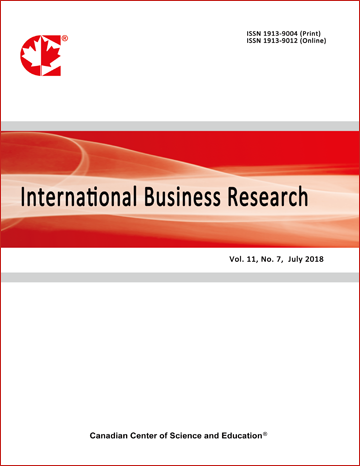What Explains German Export Performances? Spatial Econometric Evidences: 1995 to 2014
- Wen Yang
- Yi-Cheng Liu
- Chao-Cheng Mai
Abstract
German exports achieved outstanding performances, yet there is lack of research utilizing spatial econometric evidences. This paper explores four explanations and evaluates their empirical contributions: (i) German exports were highly correlated to its imports. Thus, its exports built upon bilateral trade flows. (ii) German exported to countries with high GDP per capita with the capability and the demand of high-quality and less price-elastic goods. (iii) It exported to countries with economic integration with other countries such as free trade agreements. (iv) Its exports broadened from Europe to other countries in America and the Asia Pacific region with increasing total export-volume growth. Thus, German exports benefited from the free trade flow to a few EU member countries, those are close geographically and culturally to Germany. The empirical evidence also points out that the changing geospatial distribution of German exports is another key factors to its export success. The spatial Durbin model was identified to be the best fit model of all after a series of tests. Decisive determinants of its exports performance were found through the estimation besides geospatial analyses of its exports by employing Moran’s I.
- Full Text:
 PDF
PDF
- DOI:10.5539/ibr.v10n9p17
Journal Metrics
h-index (January 2024): 102
i10-index (January 2024): 947
h5-index (January 2024): N/A
h5-median(January 2024): N/A
( The data was calculated based on Google Scholar Citations. Click Here to Learn More. )
Index
- Academic Journals Database
- ACNP
- ANVUR (Italian National Agency for the Evaluation of Universities and Research Institutes)
- CNKI Scholar
- COPAC
- CrossRef
- EBSCOhost
- EconBiz
- ECONIS
- EconPapers
- Elektronische Zeitschriftenbibliothek (EZB)
- EuroPub Database
- Excellence in Research for Australia (ERA)
- Genamics JournalSeek
- Google Scholar
- Harvard Library
- IBZ Online
- IDEAS
- Infotrieve
- Kobson
- LOCKSS
- Mendeley
- MIAR
- Norwegian Centre for Research Data (NSD)
- PKP Open Archives Harvester
- Publons
- Qualis/CAPES
- RePEc
- ResearchGate
- ROAD
- Scilit
- SHERPA/RoMEO
- SocioRePEc
- Technische Informationsbibliothek (TIB)
- The Keepers Registry
- UCR Library
- Universe Digital Library
- ZBW-German National Library of Economics
- Zeitschriften Daten Bank (ZDB)
Contact
- Kevin DuranEditorial Assistant
- ibr@ccsenet.org
